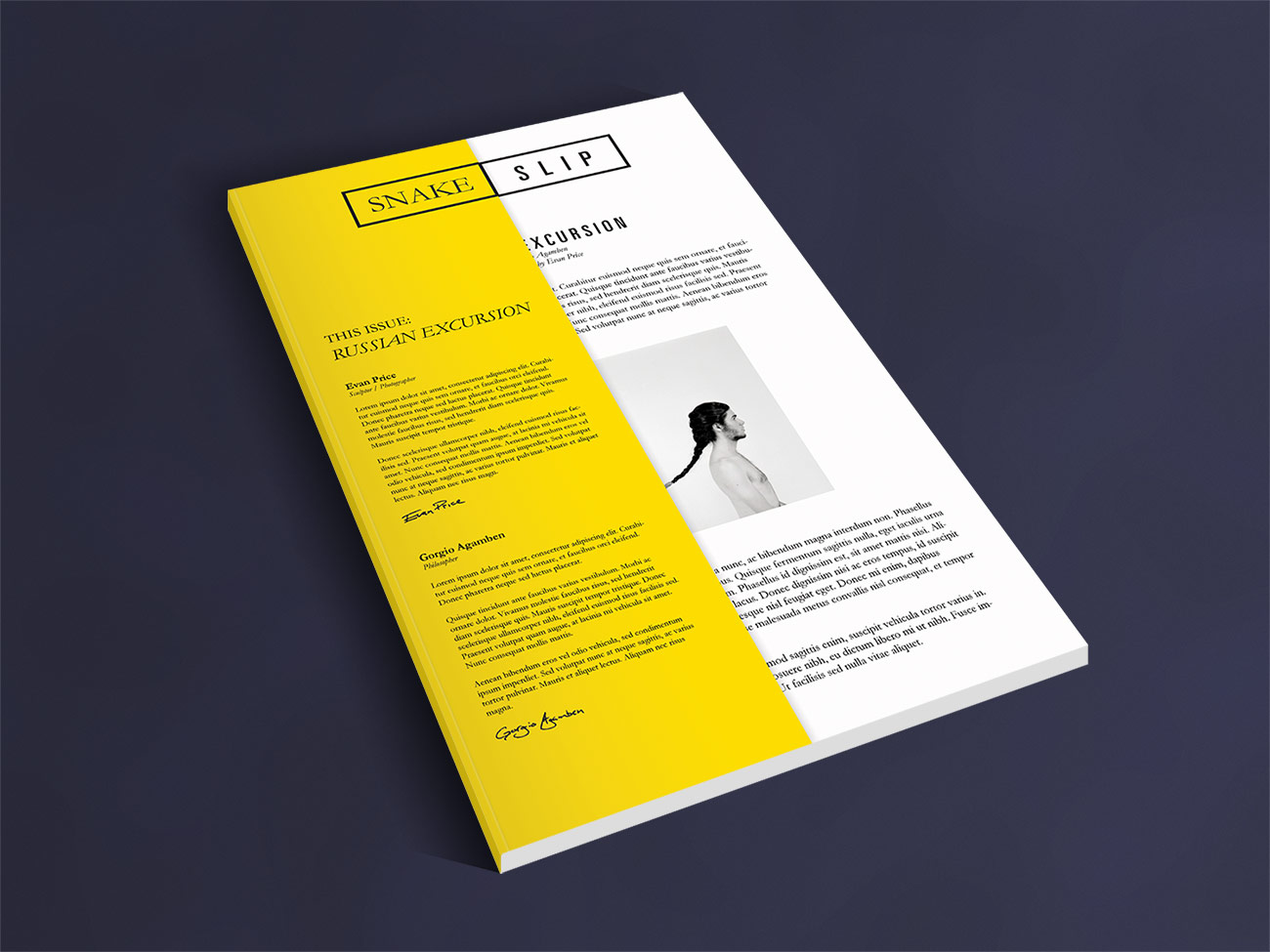Snake Slip is part of a collaborative project that was arranged between the Graphic Design MFA students and students enrolled in a Curatorial Practice class at MICA. The Curatorial Practice students came up with concepts for imaginary museums that they would like to see exist, and we, the GDMFA students, applied our skills to produce the visual form that the museums would take (branding, wayfinding, etc).
Curator: Kimi Hanauer
Proposed Location: Station North, Baltimore, MD
A snake slip is a tool used to erase marks from images created on limestones in the lithographic printing process. The museum is named after the snake slip as both a tribute to the lithographic limestone that fueled the powers of information, art, and news through mass production, and as a a reference to the process of scratching away and changing information on the stone to allow for new perspectives and independent information.
Mission: Snake Slip facilitates collaborations and relationships between experts in non-arts fields with artists, designers, and creative minded individuals in order to produce mass-distributed, free publications, online and in print. Attention is focused on a broad range of contemporary subject matter that challenges the content and perspectives of generic platforms of news, artwork, and information. Through the production and distribution of the printed and online publication, the museum hopes to empower individuals by contributing to a growing democratic social landscape of dialogue and critical thinking.
Brand: The logotype represents the bringing together of two individuals with disparate focuses in their work. Though the formal logotype uses Garamond and Univers as its official typefaces, the logo could be modified with a different combination of typefaces to best represent the collaborators’ personalities.
Publication: Through the mass distributed publication, the museum aims to encourage individuals to think critically about the mainstream content they are fed and empower them through free access to contemporary art, ideas, and information that are not motivated by corporate interest.
Website: The website is the digital manifestation of the publication. Following the side-by-side language of the logo, each issue presents facing content: art to one side, text to the other. As the user scrolls down the page, the text moves as expected while the image stays in place. The image then updates as the user scrolls past a predetermined place in the text. Instead of experienceing images inline in the text as we would in a printed publication, the website allows us to give equal space and attention to both the written and visual content.




